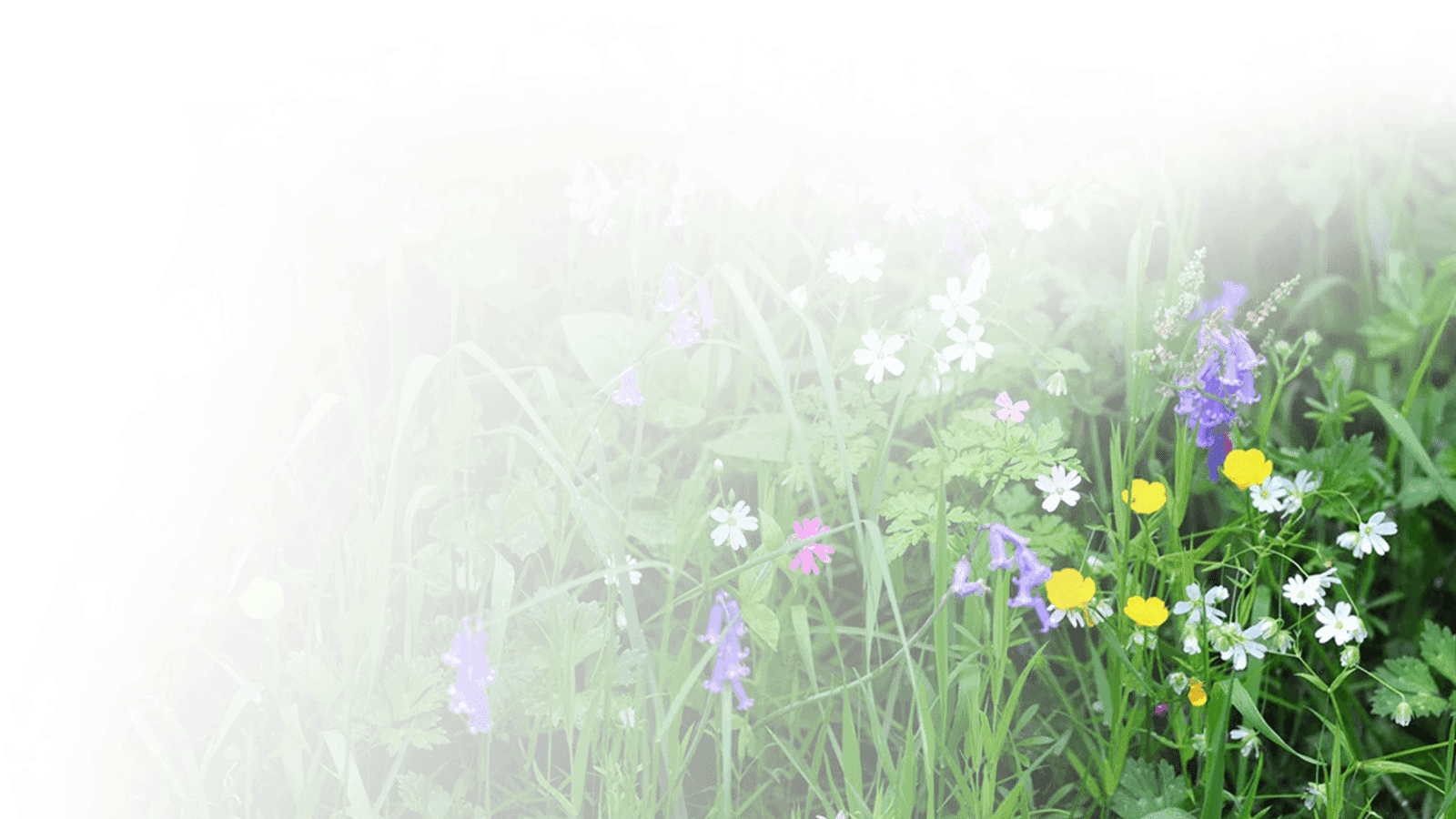The Tree of Life and Sacred Sanctuary
On our journey from Ancient Mesopotamia, through Sumeria and Egypt we have now reached the transition from the Bronze Age to the Iron Age (c. 3000 BCE) and the beginnings of the Hebrew people. This was our first contextual encounter with the Hebrew Bible, and what an exciting encounter it proved to be.
We started the day with the Tree of Life and the way it represents and explains four worlds or four levels of consciousness and two sides, the active and receptive, all beautifully integrated and flowing. The work of Kabbalah is about realising this unification. Through a mystical and meditative narrative from Sam we explored the creation story in Genesis from a Kabbalistic perspective: creation as a continual process, happening in every moment as things move from unmanifest to manifest. Everything out of nothing, called into being by the light of willingness shining on the darkness. We were invited to tend the garden of our soul and to seek for our true divine nature and the pure soul in all beings.
We ended the meditation by chanting together some of the Hebrews names of the Divine in both masculine and feminine form.

EH HEY YEH
YAHWEH ASHERAH
EL HAI SHADDAI
SHEKHINAH
After a short break we turned to the story of creation and the Hebrew Bible.
There has been much academic and theological analysis and debate about the authorship of the Bible and the extent to which the stories of the Old Testament have any basis in historical evidence. The “Documentary Hypothesis” relies on the evidence based within the written text itself, including language and its usage, references and cross-references, and it concludes that the early Bible comprises four different documents – so multiple perspectives on the “history”. In more recent years, archeological finds (artifacts and texts) have added to our understanding and have either refuted or questioned many long help assumptions.
As Sam led us gracefully through this minefield we came to realize that there is profound value in an appreciation of the difference between story and history, and that both in turn have profound value in our exploration of the great Western tradition. If some of the history turns out to be story, does it matter? Stories and myths hold truths which resonate across time and that is why they can still teach, challenge and uplift us, bringing beauty and awareness into our lives. It doesn’t matter how often we immerse ourselves in a story – there is always new treasure to find. And so, if some of the great narratives of the Hebrew Bible have no basis in fact, they are still astonishing and symbolic stories which help us understand that period and the people who lived at that time.
For someone like me who has struggled with the apparently irreconcilable tension between the Bible as the revealed Word of God, and the Bible as a mass of contradictions ruled over by a mercurial and sometimes rather unpleasant Bloke, Sam’s gentle exposition of the contextual issues was a real “aha” moment. Accepting that the Bible we have today holds many strands of sacred tradition, that it weaves together many myths and motifs from many peoples, and that it was written down at a particular time when a particular political agenda was dominant…well, it simply makes sense and it makes it more accessible. In Sam’s words: “So contrary to what many people imagine, the Bible really reflects diversity and invites debate rather than supports orthodoxy”.
With this insight to light our way, we then returned to our quest for the Divine Feminine. There is evidence that She was systematically excluded as a paternalistic theology with its insistence on monotheism came to dominate and the stories and laws were written down. But there are traces of the female forms of the Divine in the Bible and archeological evidence from the time that shows us She was an important part of the mainstream religion until the minority reformers won the day. We considered Asherah (consort of Yahweh), Anath (goddess of love and war) and the Cherubim which included male and female forms. And the Shekhinah.
The Shekhinah, whose name means dwelling and has come to represent the presence of God. The Shekhinah, who argued with God in defense of human beings. The Shekhinah who travelled with Adam and Eve when they left Eden and went into exile with the children of Israel. The Shekhinah, the holy presence of God that hovers as a cloud above the Ark of the Covenant. The Shekhinah – a feminine noun with a deeply feminine sound…………..
This was an extraordinary and deeply moving day and it felt as if the Shekhinah entered into the room and touched us all in different ways.

Our altar with 2 versions of the Tree of Life either side and Sam’s menorah in the centre, and of course the hare, our very loyal member of the group.


Our very rich selection of books for the day, including the Hebrew Bible and the Tanakh.

Figurine of the mother-goddess Asherah, consort of El





